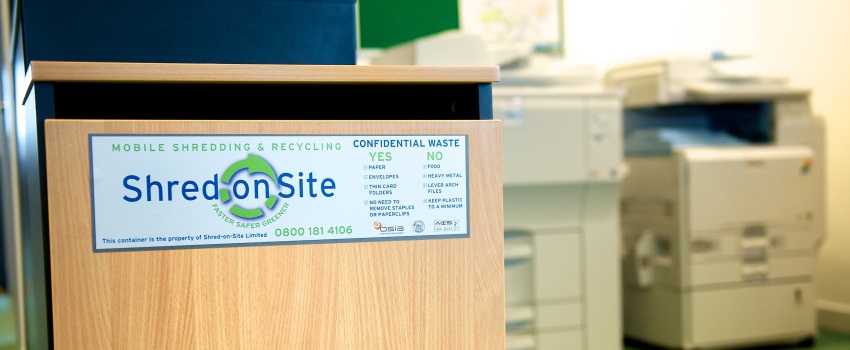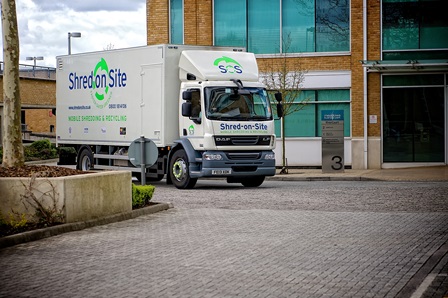4 things to think about when shredding
Whether your focus is on data protection or more sustainable business practices, shredding has become an essential part of operations for many enterprises. This often involves working with a trusted partner able to handle the shredding needs of your organisation, as well as meeting the standards of confidentiality and security that may entail. When you’re setting up, or reviewing, the current shredding processes in place within your business there are four key things to think about.
1. Are you shredding everything that you can?
Most people think of documents when setting up shredding for a business but the reality is that this is just the start of what you can safely dispose of in this way. Shredding is one of the most secure and reliable options for disposing of documents or media that contain data, whether it is sensitive or not, or which should not make it into the public domain. In addition to paper, shredding can also be used for electronics and hard drives, as well as disposing of magnetic tapes and items such as x-rays or even uniforms or defective products.
2. What standards of security are in place?
If you’re managing shredding internally it’s essential to ensure that you review the security of documents or media destined for shredding. Data loss as a result of poor security is one of the most common ways that businesses today run into issues when it comes to data breach so it’s critical to make sure your standards are as high as they can be. For example, when you work with Shred-on-Site we provide a range of receptacles to contain items to be shredded that are designed for optimum security, including secure wheelie bins and lockable consoles.
3. Where are your vulnerabilities?
For most businesses the biggest vulnerabilities lie either in having an internally managed process that is not up to scratch or in working with a shredding partner who is transferring items, such as documents and media, off site to be disposed of – or requires the business to handle the transport. Items that get lost or mislaid or which are interfered with along the way can create huge vulnerability for any business, even if the data is not particularly sensitive. So, it makes sense to avoid such potential problems by ensuring that shredding takes place on site.
4. Does your shredding set up meet the needs of the business?
It’s crucial to evaluate whether the way that you’re disposing of documents and media suits the business. For example, if you’re managing this internally are you wasting the resources of experienced and qualified staff by tasking them with shredding? If you have a current shredding partner do they offer the range of services that your business needs with the flexibility and scheduling that works for you? Shredding should be easy to manage and reliable and if your current situation does not meet these requirements then it might be time to upgrade.
As shredding is now such an essential component of effective document disposal and data protection, make sure that your current set up meets the needs of the business, operationally and on a security level too.
Take a look at our on-site shredding services to see what would be the best fit for your business’ shredding requirements.







